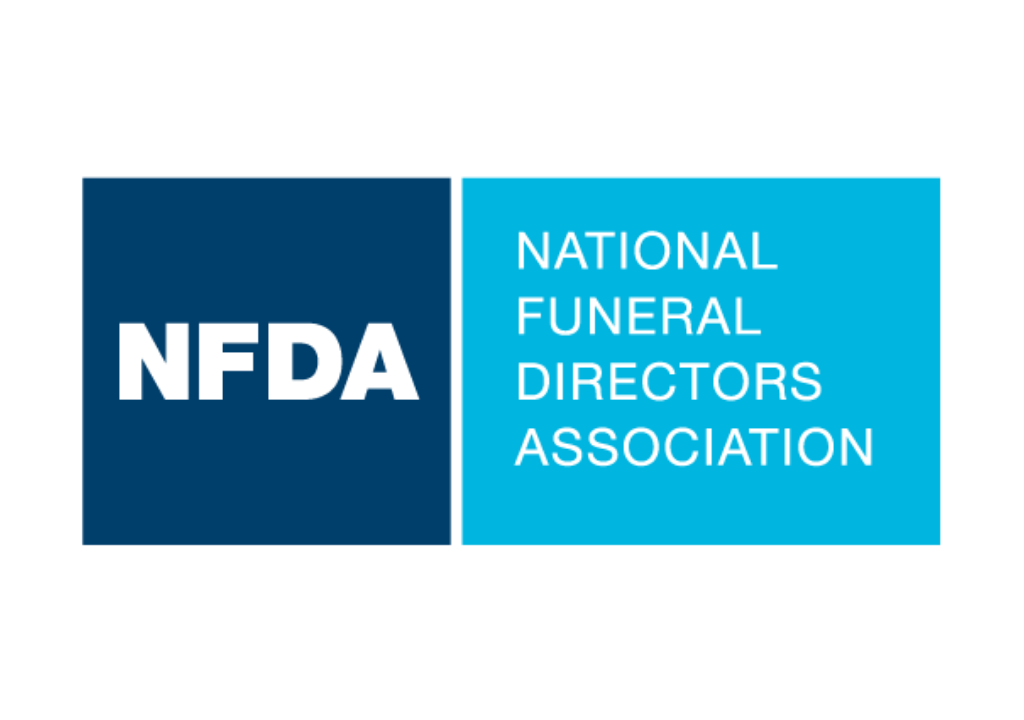Q&A: Inside the Life of an Undertaker

It was the definition of an odd job. Canadian radio journalist Tom Jokinen took a job as an apprentice undertaker in Winnipeg, Manitoba. He spent a year poking and prodding his way to a deeper understanding of what happens after people die, but before they’re gone forever.
In his new book Curtains: Adventures of an Undertaker-in-Training he tells all the gory details. Jokinen spoke to TIME about the most difficult-to-stomach parts of being a mortician and why cremation is the way to go.
There’s a line in the book where you describe an undertaker’s thinking: “Gentle, caring violence is just part of the job.” What does that mean?
Part of the reason that I got into this was because it was such mysterious, untrodden territory ? that black hole that people disappear into after they die and before they appear at the funeral home or as a bag of ashes. The dead are helpless and completely uncooperative, so it requires a bit of gentle violence to get them through the embalming process and even to get them dressed. Dressing the dead is kind of the equivalent of putting a sweater on a tree. We don’t really have much of an idea of what happens when a body is embalmed: draining the blood, removing the gases from the belly with a spear-like trocar, stitching the mouth together so it doesn’t open up at an inopportune time, putting eye caps on the eyes so that they don’t open at an inopportune time.
Are people becoming more aware of options other than embalming?
We buy our way out of a confrontation with death by giving it to somebody else to take care of. But I think that’s turning around. The tool that’s responsible for that is cremation. You don’t have to bury the body right away. Once you’ve cremated a body, you can do anything with it. It’s just 200 cubic inches of ashes. It’s liberating for families who can say, “I don’t have to have a funeral. I can have an event at the pub or a golf course or at a hotel or at a family’s house. The same options I would have for a wedding I have for a death ritual now. I can call it a funeral or I can call it a celebration of life.”
You explain that grief can sometimes be more difficult to deal with than death itself. Were you able to overcome that?
It was really hard because as much as the dead scared me ? especially at first ? it’s kind of an abstract feeling. There is really nothing to fear of the dead. Instead, it’s that sense of realizing that somebody who used to be alive is now so completely gone. It gives you the sense that you’re going to be there some day. What’s not abstract is dealing with people who are [grieving]. It’s impossible to say, “I feel your pain.” As one of the funeral directors I worked with put it, my version of grief therapy is to make sure that the limo is there on time and the right hole is opened at the cemetery and the right body goes into the right hole. It’s not my job or my place to try to connect emotionally with a stranger, because I simply can’t.
It’s like the mourners come from a different planet, like you don’t have the same language. There’s nothing you can say to them, and that’s intimidating and frightening. I learned to try to be helpful in a humble, modest way because that’s all I can do. “Can I take your coat? Can I get you coffee? Is there anything I can do for you?” You don’t have to take a stab at some sort of sentimental, poetic summing up of the meaning of life. Just be there and be available.
How do you live life “forgetful of death,” as you write? That seems difficult to do.
We die [like other animals], but what sets us apart is we’re aware of that fact. We can’t make ourselves unaware of it. The best we can do is find ways to distract ourselves. It’s a constant battle. In the business, it just comes every day. Three bodies. Five bodies. Eight bodies. Then the next day, the same thing. It’s hard to shake the fact that there’s something natural and inevitable going on. Whereas in daily life we don’t think about death until it happens to somebody.
Of the various things you saw and procedures you had to perform, what was the most difficult to stomach?
The routine in the prep room. It’s a necessary step if you want to [do] it that way. I’m not a fan of embalming. I’m not interested in having my loved ones embalmed or having myself embalmed. It’s a dying fact of modern death care. The profession is more interested in hanging on to that than there is demand for. I don’t know that a lot of people say, “I’d really like to have my husband embalmed.” It’s just not part of the conversation. Most people go along with it if their undertaker says it’s a necessary step.
the book you say that you’ve asked to be left in a blue bin at the curb on recycling day. How serious are you about that?
Not at all. I figure I’ve got the room to change my mind. On the other hand, I should probably be serious about expressing my wishes to my wife. I would want to be cremated. I used to live in Newfoundland and there’s a point on the very east coast of Newfoundland called Signal Hill where I’m sure there are no shortage of people being scattered to the ocean. That appeals to me. That would be the way to go.
Photo: Blend Images / Getty Images
Source: Time.com



